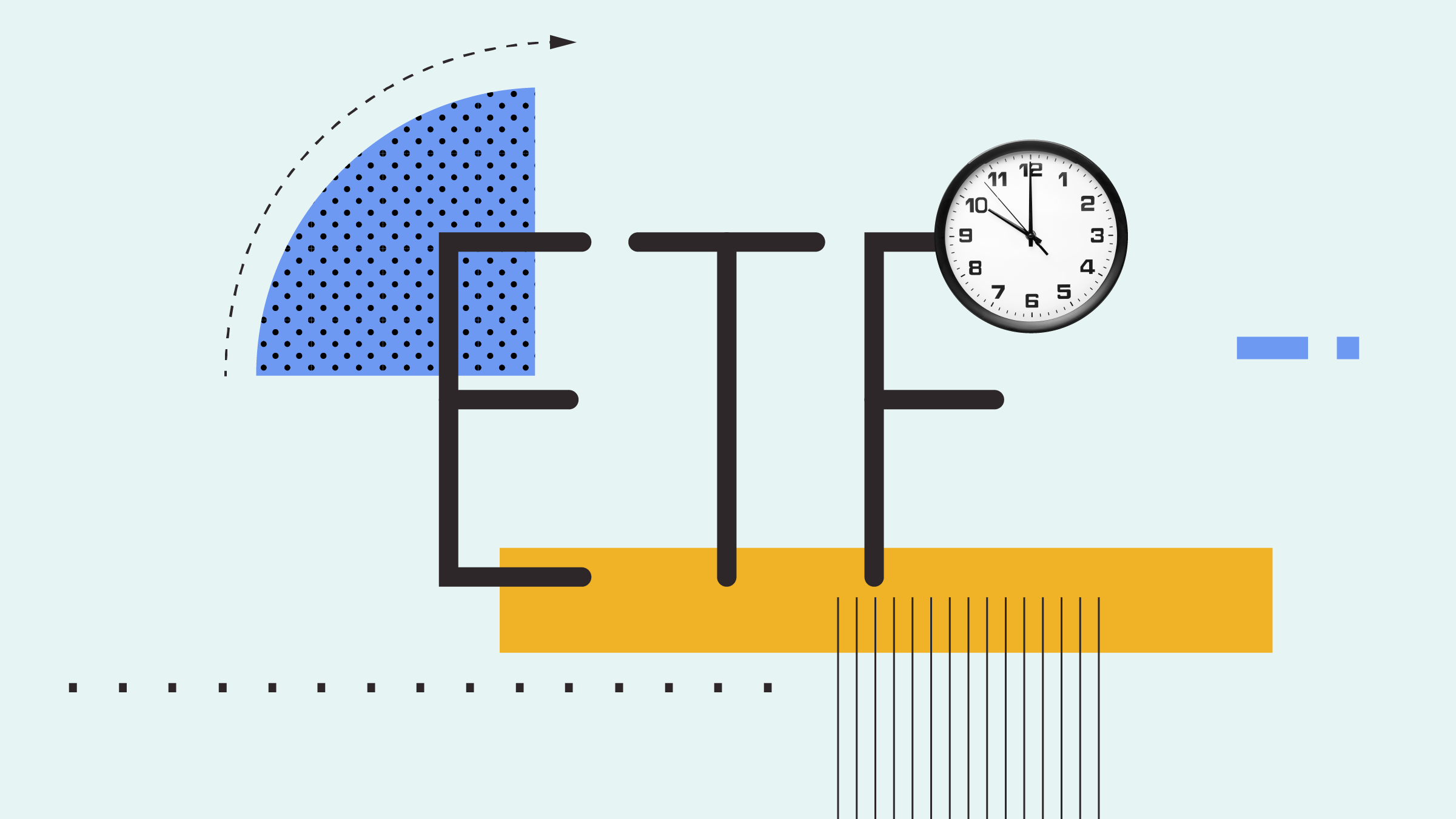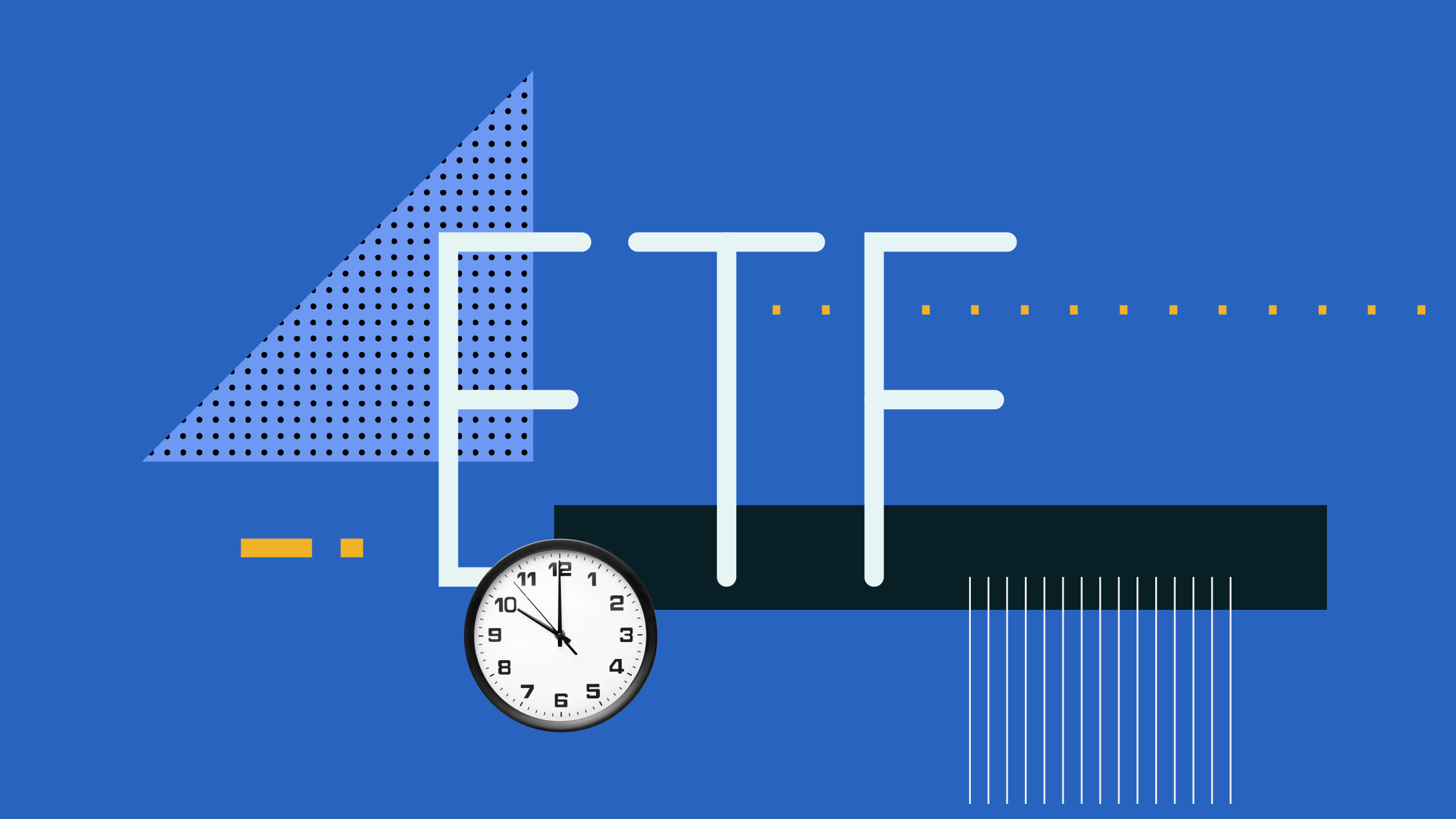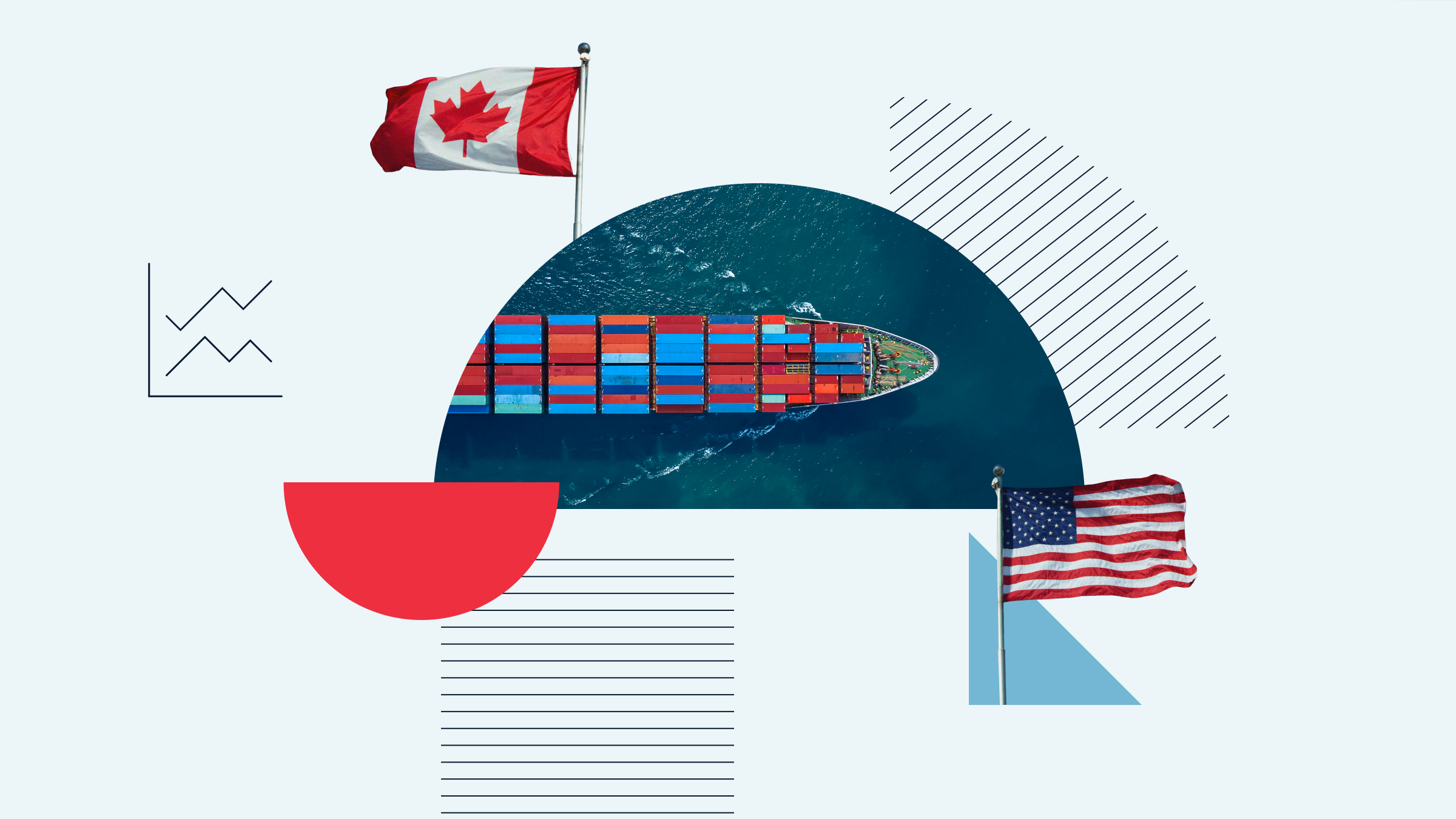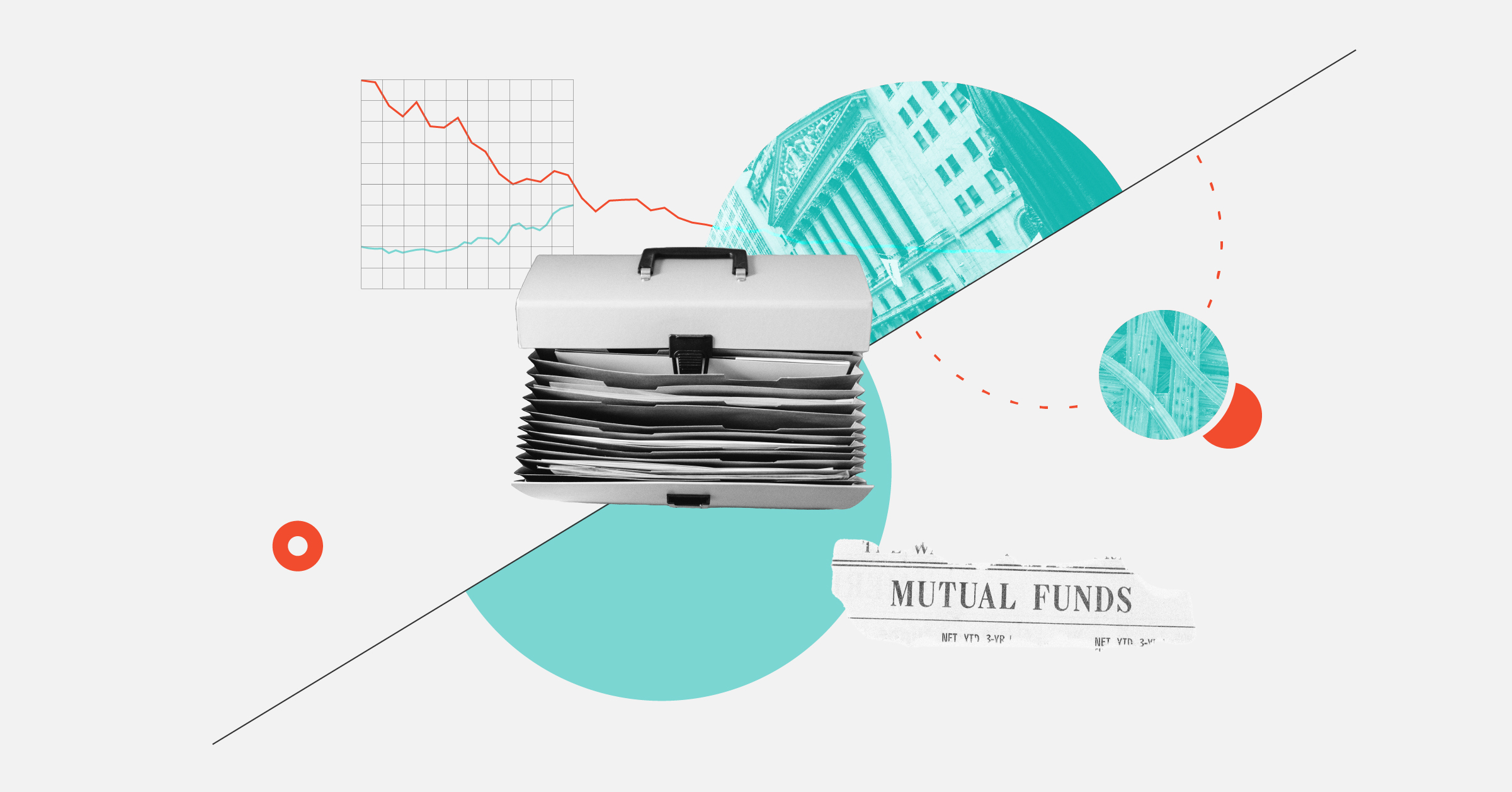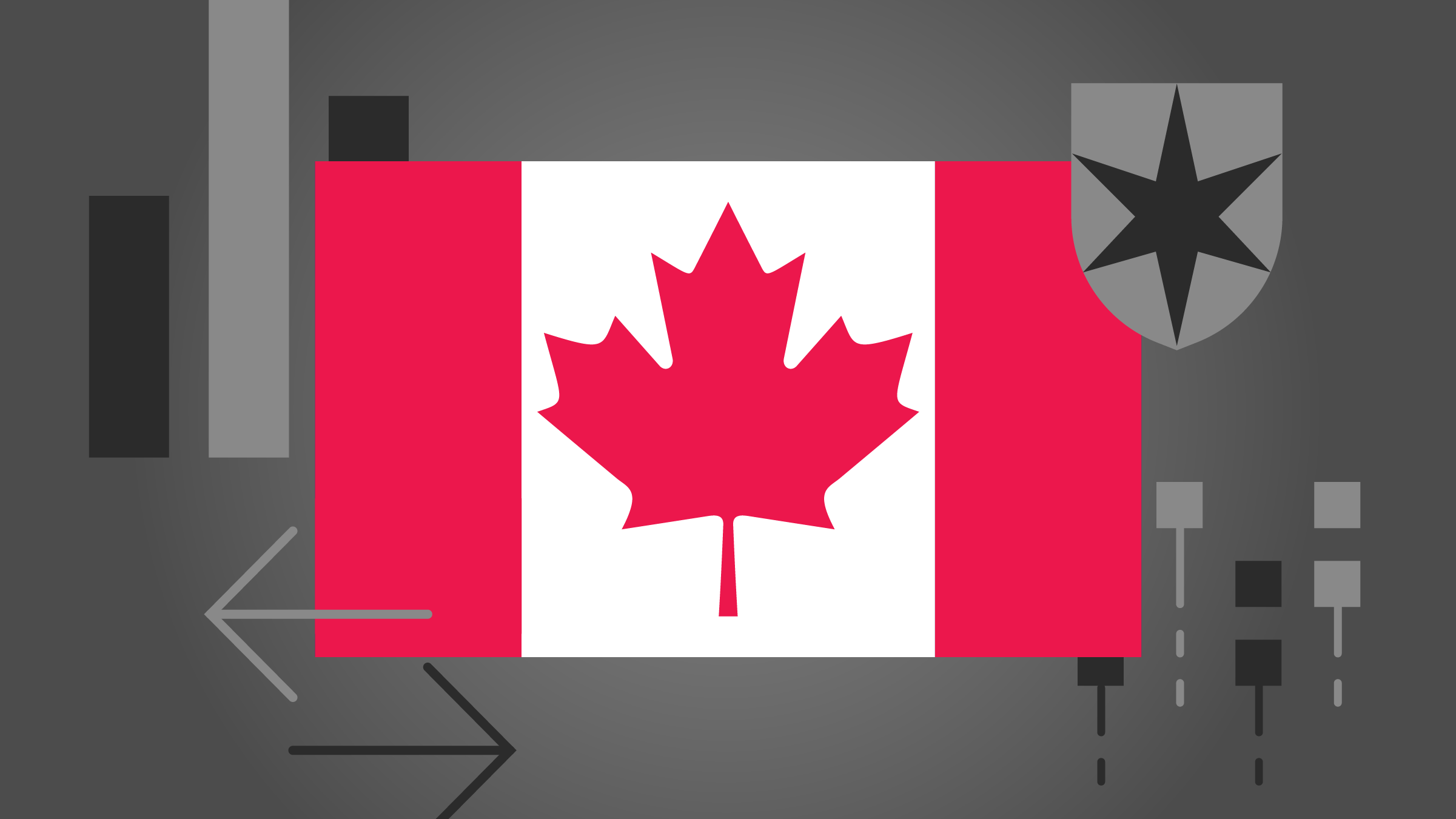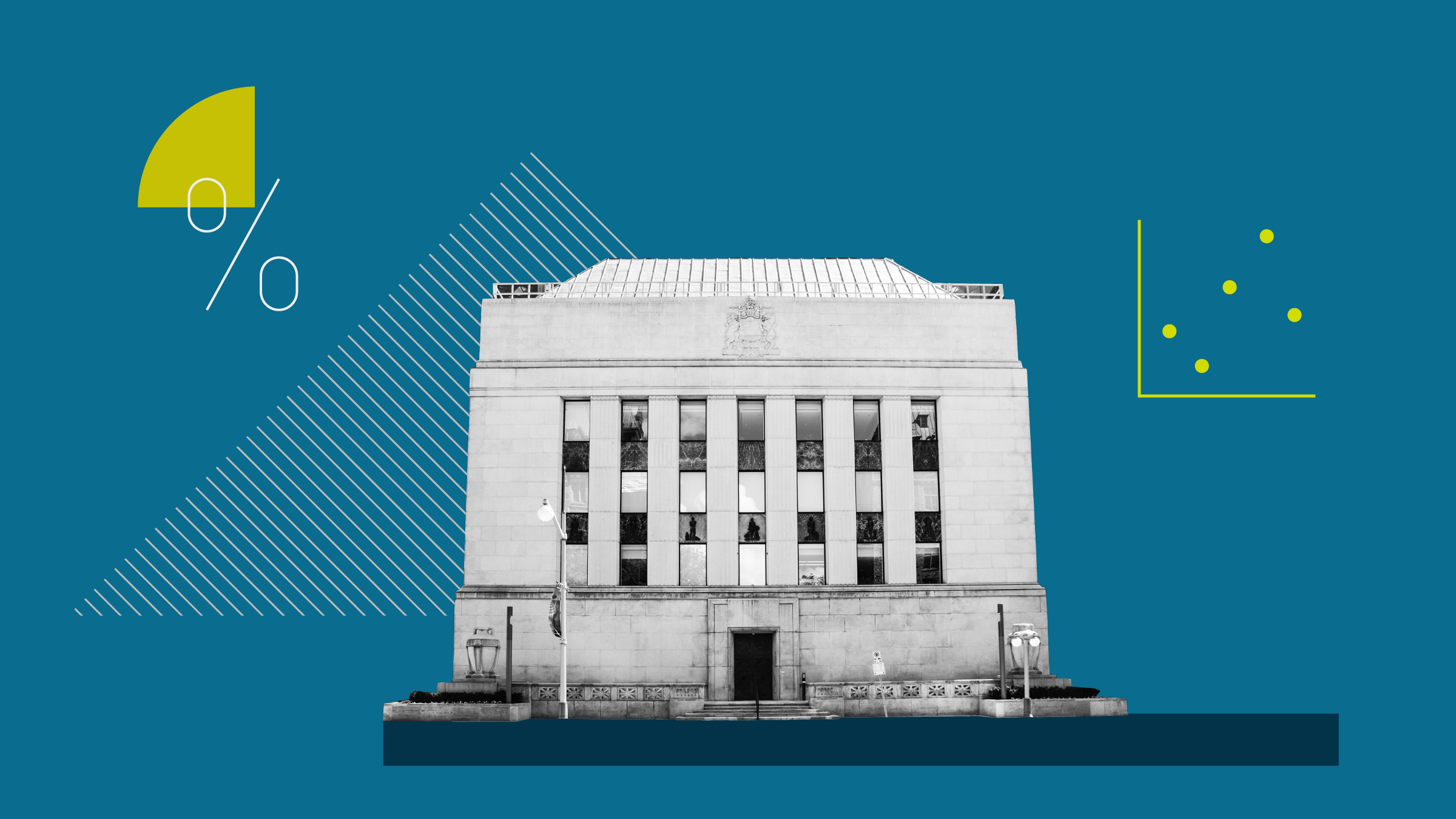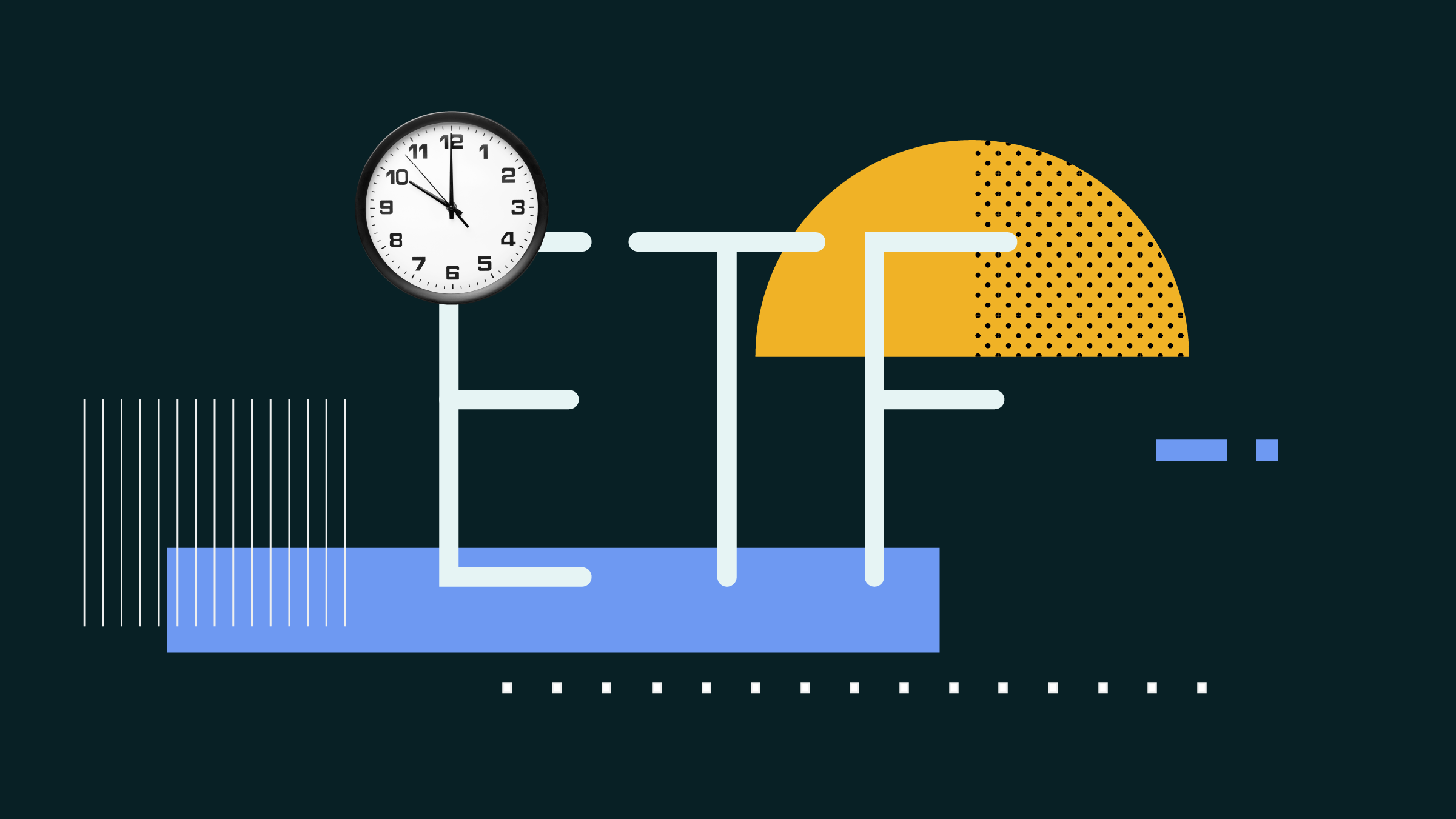
After several years of high interest rates, Canadian investors are facing less lucrative yields and having to take on more risk to generate more income. Where is that secure money going, and where can it go?
Yields above 5%, infinitesimal risk, and money mobility encouraged investors to move funds into short-term fixed-income products like high-interest savings accounts and money market funds. In 2022, Canadian money market ETFs took in a record C$8.8 billion, followed by another C$8.1 billion in 2023, according to Morningstar Direct. During 2024, interest fell off, with inflows to money market funds falling to just shy of C$2 billion.
Underlying overall money market ETF flows was cash headed into ETFs, such as the CI High Interest Savings ETF CSAV, which took in a combined C$6.7 billion in 2022 and 2023, the Global X High Interest Savings ETF CASH, which saw C$4.1 billion of inflows those two years, and Evolve High Interest Savings Account Fund HISA, which pulled in C$1.5 billion. But as the Bank of Canada moved to aggressive cut rates in 2024 and stocks staged a big rally, the CI High Interest Savings ETF saw an exodus of C$2.4 billion and the Evolve ETF experienced C$228 million in outflows. However, the Global X ETF continued to see inflows. Overall, Canadian money market funds saw nearly C$900 million flow out the door in 2024.
Raj Lala, CEO at Evolve ETFs, says that through early Dec. 11, when the Bank of Canada cut rates by 50 basis points, the decline in rates had not produced a mass exodus. “The overall drop is far less than what most expected,” he says. A large investor contingent prefers a yield in the range of 3%-4% rather than experience the volatility of markets. “Obviously, many want to stay there for the safety, where they don’t even have duration risk,” he says, referring to the sensitivity to interest rate changes of longer-term bond investments. The HISA ETF, for example, is yielding 2.85% after the funds’ expenses are subtracted.
“It takes a while for people to get out of the sidelines,” observes Elliot Johnson, chief investment officer at Evolve ETFs, “even while stock prices have reached new highs.” But the recent rate cut will certainly prompt more money to leave these safe havens to find heftier yields. Here are some destinations that yield-centric investors seem to favor.
Covered Call ETFs Boom
“We see demand in income-generating ETFs, like covered call ETFs,” says Sara Petrich, head of ETFs and structured solutions at BMO Global Asset Management. “Canadians love predictable income streams, so they love covered call products.”
Covered call funds hold an underlying stock position–either index trackers or individual stocks–then sell call options against it and distribute the premium collected to shareholders. These funds witnessed “a record year of inflows,” according to Tiffany Zhang, vice president of ETF research at National Bank of Canada Financial Markets. She explains that by the end of October, the inflows to covered call funds had already topped 2023’s total of C$4 billion. “The reason for their attraction is that they offer a pretty steady distribution at a stable net asset value, as well as equity exposure,” she says.
Yields range widely, depending on different aspects of the strategies for covered call ETFs. The underlying stock sectors can have an impact. For example, the BMO Covered Call Canadian Banks ETF ZWB has a 6.7% yield distribution, while its Technology ETF ZWT stands at 3.3%. Another factor concerns options trading and the portion of assets they apply to. Most ETFs trade options only on 50% of assets, but others go up to 100%.
Another factor can be the use of leverage, which can magnify both gains and losses. Evolve’s Canadian Banks and Lifecos Enhanced Yield Index Fund BANK, which uses leverage up to 25%, posts a trailing 12-month yield of 15.5%. “You really need to look under the hood of these ETFs; many things can go wrong,” Zhang warns.
Investors need to understand the trade-offs that come with covered call strategies. They cap the potential for gains and offer a modest buffer against losses in exchange for a variable yield, notes Lan Ahn Tran, manager research analyst at Morningstar. They are “really suitable neither for short-term nor long-term investors,” she says. “It’s rather somewhere in the middle for people who have income needs--essentially retirees.”
Other Options for Yields
In a note to clients last September about trends among higher-yielding ETFs, CIBC analysts predicted that dividend-generating ETFs would gather favor with investors: “Assuming we trend back to more traditional overall equity returns (which to us looks likely), dividends will become more important–aside from their simple appeal as generators of consistent cash flows.”
But the clearest winners in the focused strategy category are ETFs that National Bank of Canada Financial Markets views as “quality” focus strategies. “Percentage-wise, it’s the strategy with the biggest inflow,” Zhang comments. “Investors see quality as a security; it allows their portfolio to better endure market drawdowns.”
Finally, target maturity ETFs stand out as a clear champion for yield-centric investors, according to Zhang. “It’s the fastest-growing category in the fixed-income space,” she says. “Investors are getting out of cash, but they are still scarred by the selloff in bonds and equity, so they want something more certain.” ETFs with shorter maturities, typically 2025 to 2027, are the most popular because “duration exposure declines with the maturation of the bond, and investors know the yield at the moment of purchase.”
Yields are certainly not in the range of covered call ETFs, but they are solid, predictable, and sometimes quite substantial. For example, the TD Target 2025 US Investment Grade Bond ETF (US$), with a 2025 maturity, offers a 4.8% yield-to-maturity after fees are deducted, but it is an exception. TD’s CAD-denominated offerings yield below 4%.
The author or authors do not own shares in any securities mentioned in this article. Find out about Morningstar's editorial policies.





